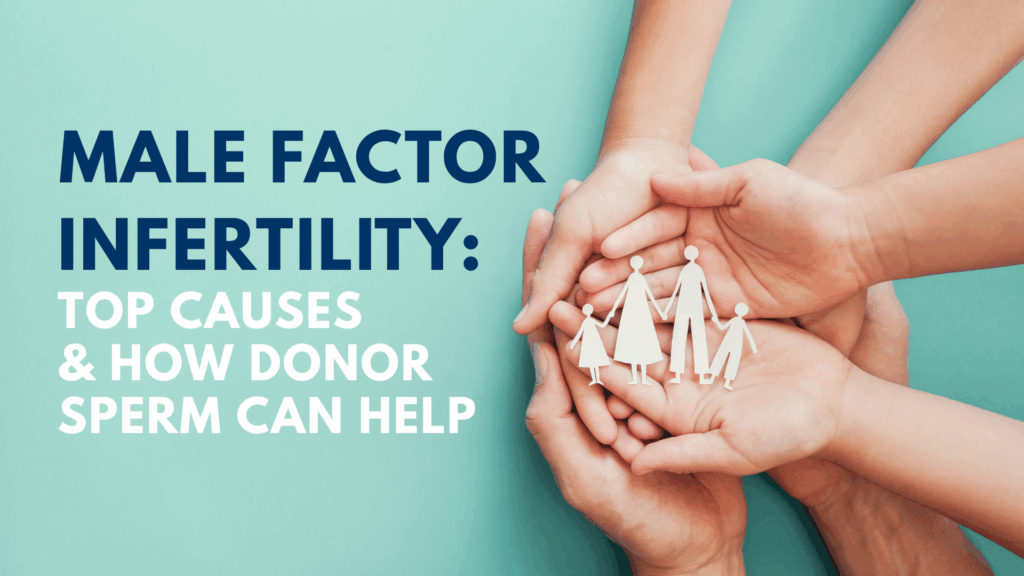A Turkey Baster
Written by Fairfax Cryobank Laboratory Director, Michelle Ottey, PhD.
A turkey baster, really?
I get a lot of questions about the “turkey baster” option for home insemination. It is important to keep in mind that an insemination is a medical procedure; therefore it should be done either by a doctor or under their supervision/direction.
Your doctor will talk to you about your options for insemination. Artificial insemination can be either intrauterine insemination (IUI) or intracervical insemination (ICI).
IUI is one of the most commonly used assisted reproductive technologies to treat medical or social infertility. Intrauterine insemination can be coordinated with your normal cycle or done in conjunction with fertility medications required for treating medical infertility. Your cycle must be monitored using ovulation predictor kits at home or ultrasound and blood tests in the office. Fertility medications are sometimes used to enhance ovulation. The procedure takes about 15 to 20 minutes and is usually done in a doctor’s office or clinic. “Washed” sperm are drawn up into a catheter and inserted through the cervix, directly into your uterus on the day after your ovary releases one or more eggs to be fertilized. IUI relies on the sperm swimming into the fallopian tubes and fertilize a waiting egg, resulting in pregnancy.
ICI dates back to the 1880s, and is therefore one of the oldest and most common artificial insemination procedures. Like IUI, ICI uses a catheter to draw up a sperm sample and places it near the cervix, which is similar in placement to a traditional ejaculate into the female reproductive tract. The procedure should only take about 10 minutes. A sponge cap may be placed over the cervix to prevent the sperm from leaking out of the vagina. From the cervix, the sperm travels up the uterus and into the fallopian tubes to fertilize the egg. ICI timing is very important. The ICI procedure should occur at the time of ovulation. Fertility drugs may also be necessary.
With both IUI and ICI, women may experience some discomfort during procedure or slight cramping after the procedure. The cramping can be similar to what some women experience after a PAP smear.
Doing an insemination at home is possible and some couples prefer this as it allows them to share in the process of making the baby. That being said, they should be using a catheter/syringe obtained from their doctor or a home insemination kit, and not the turkey baster from the kitchen drawer.








